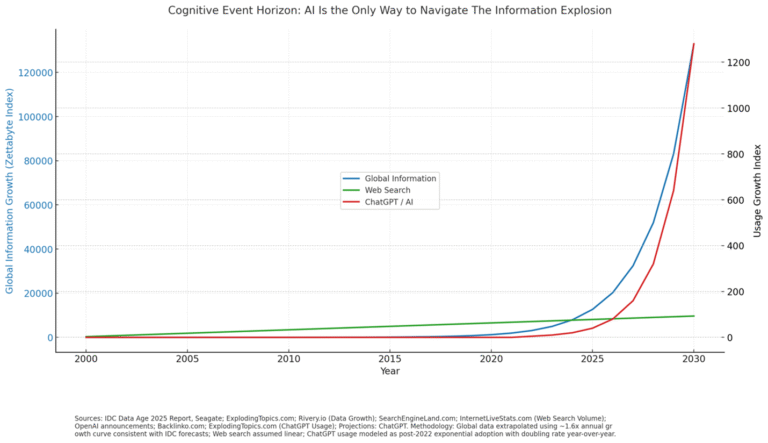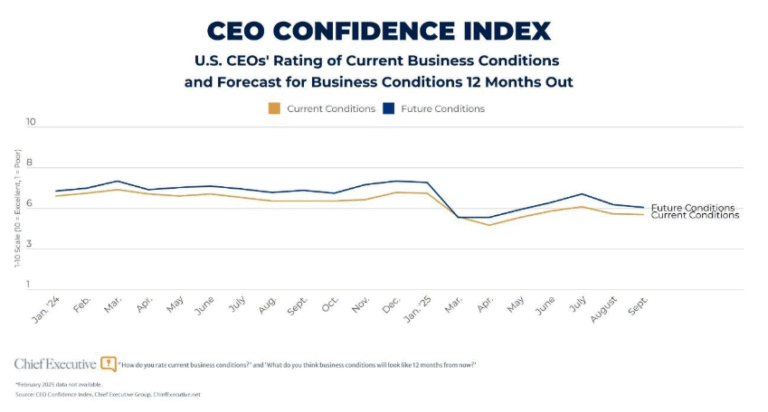
In the old days, when a turbine blade for a jet engine came off the assembly line, a grizzled old-timer might have to take a file to it to smooth a rough edge to make sure it met specifications, Danny Di Perna (pictured above) recalls. Some parts might have had to be scrapped. As senior vice president for engineering and operations at Pratt & Whitney, Di Perna has been in the engine business for a long time. With 5,000 parts and burning fuel at temperatures of thousands of degrees, they are machines of stunning complexity.
“We collect the data in real time. Every dimension is captured. Instead of waiting until afterward, we’re getting an in-process inspection.”
But today, as Di Perna and his team gear up Pratt & Whitney to cope with a huge increase in the number of engines it makes for Lockheed’s F-35 Joint Strike Fighter and for single-aisle commercial airlines like the Airbus A320, employees at the end of the line rarely have to fix a single part. Robots using special lights pick up the blades as they are being manufactured, and inspect them to see whether they match the specifications in a central computer system. If they don’t, they are altered or fixed on the spot.
“We collect the data in real time,” Di Perna explains. “Every dimension is captured. Instead of waiting until afterward, we’re getting an in-process inspection.” Thus, when parts reach the end of the process of being produced, they are perfect, Di Perna says.
Pratt, a unit of United Technologies located in East Hartford, Conn., is launching into a new era of manufacturing with gusto. Workers are organized in cells, not in traditional assembly lines. They look more like scientists than old-fashioned, blue-collar workers because much of their work consists of looking at computer screens to make sure that parts are being honed, shaped and coated within a narrow band of tolerances. In addition to its embrace of real-time data collection, software and advanced robotics, Pratt’s suppliers make 80 percent of its parts, but it has vertically integrated production of the remaining 20 percent. This is where it defines its competitive advantage against General Electric and other rivals.



Chief Executive Group exists to improve the performance of U.S. CEOs, senior executives and public-company directors, helping you grow your companies, build your communities and strengthen society. Learn more at chiefexecutivegroup.com.
0

1:00 - 5:00 pm
Over 70% of Executives Surveyed Agree: Many Strategic Planning Efforts Lack Systematic Approach Tips for Enhancing Your Strategic Planning Process
Executives expressed frustration with their current strategic planning process. Issues include:
Steve Rutan and Denise Harrison have put together an afternoon workshop that will provide the tools you need to address these concerns. They have worked with hundreds of executives to develop a systematic approach that will enable your team to make better decisions during strategic planning. Steve and Denise will walk you through exercises for prioritizing your lists and steps that will reset and reinvigorate your process. This will be a hands-on workshop that will enable you to think about your business as you use the tools that are being presented. If you are ready for a Strategic Planning tune-up, select this workshop in your registration form. The additional fee of $695 will be added to your total.

2:00 - 5:00 pm
Female leaders face the same issues all leaders do, but they often face additional challenges too. In this peer session, we will facilitate a discussion of best practices and how to overcome common barriers to help women leaders be more effective within and outside their organizations.
Limited space available.

10:30 - 5:00 pm
General’s Retreat at Hermitage Golf Course
Sponsored by UBS
General’s Retreat, built in 1986 with architect Gary Roger Baird, has been voted the “Best Golf Course in Nashville” and is a “must play” when visiting the Nashville, Tennessee area. With the beautiful setting along the Cumberland River, golfers of all capabilities will thoroughly enjoy the golf, scenery and hospitality.
The golf outing fee includes transportation to and from the hotel, greens/cart fees, use of practice facilities, and boxed lunch. The bus will leave the hotel at 10:30 am for a noon shotgun start and return to the hotel after the cocktail reception following the completion of the round.